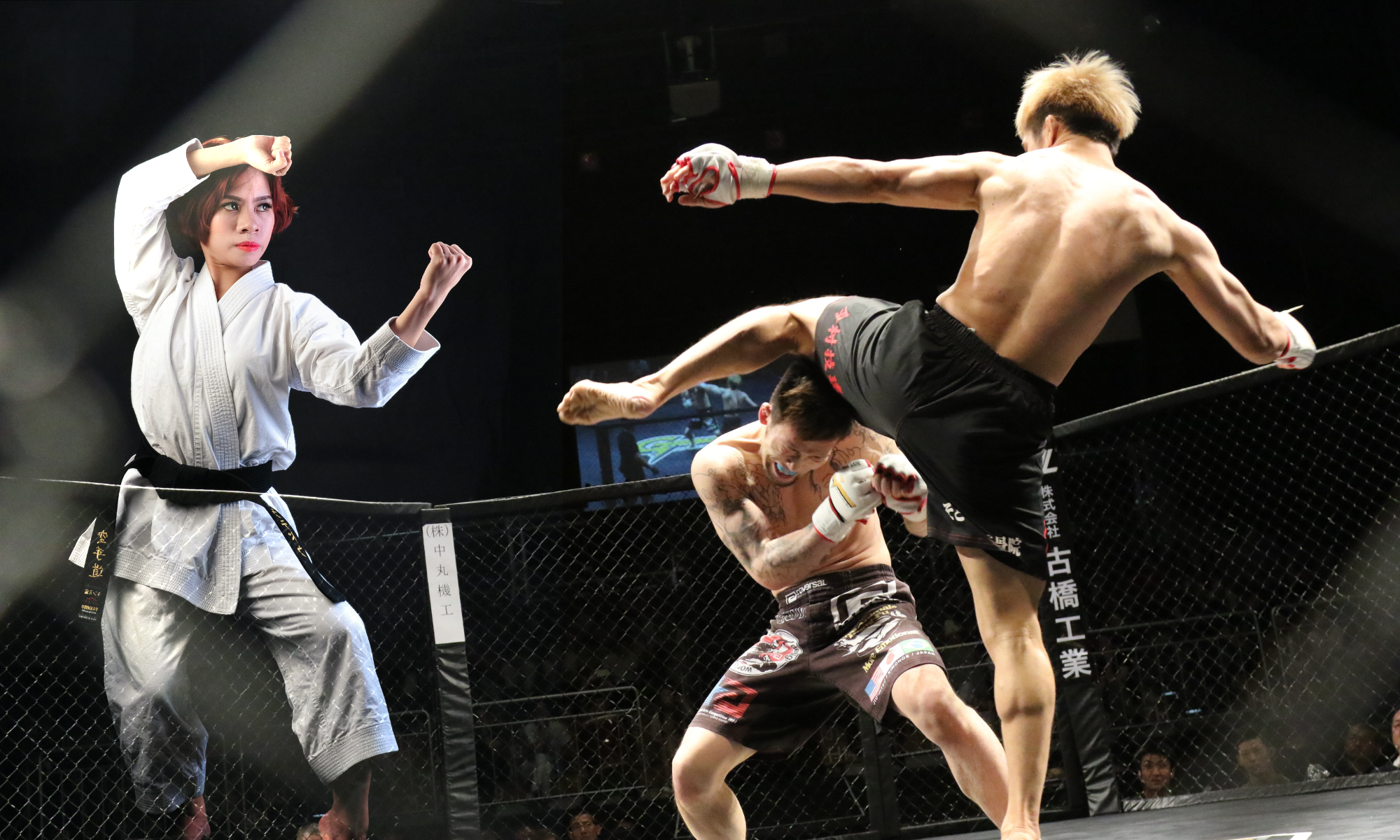It’s all systems go for Jon Jones’ light heavyweight title defense at UFC 235.
After lengthy testimony from a number of experts during an evidentiary hearing on Tuesday, Jones was licensed by the Nevada Athletic Commission, clearing the way for him to put his belt on the line against Anthony Smith on March 2 at the T-Mobile Arena in Las Vegas.
The license was granted to Jones on a one-fight, conditional basis by the commission, which required Jones to submit to and pay for random drug testing by the NAC until UFC 235. In order to be licensed again, Jones will have to continue to submit to regular drug testing from multiple organizations — USADA, VADA and NAC — throughout 2019 . NAC chairman Anthony Marnell said that the commission must immediately receive all tests results as soon as they are available.
Jones was initially called to the hearing because NAC declined to license the Jackson-Wink MMA product after trace elements of the anabolic steroid Turinabol were detected in the fighter’s system in multiple drug tests prior to UFC 232 on Dec. 29. Through examination from multiple scientists and experts, it was determined that the positive tests were a result of a pulsing effect from Jones’ failed screening at UFC 214 in July 2017. As a result the Dec. 29 event was transferred from Las Vegas to California on less than one week’s notice.
One of the experts present on Tuesday was Dr. Daniel Eichner, the director at Sports Medicine Research and Testing Laboratory (SMTRL), the World Anti-Doping Agency-accredited lab in Salt Lake City. The gist of Eichner’s testimony was the same as what he revealed in a letter to the California State Athletic Commission prior to UFC 232: There is no evidence that Jones re-ingested the banned substance.
Eichner added that the M3 metabolite of Turinabol does not have performance enhancing qualities on its own, and that if only the M3 metabolite is detected — and not parent compounds or shorter-term metabolites — it can be determined that the substance has not been taken for “a while.” However, Eicher said there is no exact timeframe for how long the M3 metabolite can be detected.
In order to be licensed to compete in California at UFC 232, Jones submitted to additional Voluntary Anti-Doping Association (VADA) testing. One of those tests, conducted on Dec. 28, came back positive for the same long-term oral Turinabol metabolite, while multiple other samples — including one collected on fight night — returned negative.
Jones, who was present at the hearing, reiterated that he never intentionally took Turinabol, adding that the ability to compete in Las Vegas was important to him because it’s the “fight capital of the world.” The light heavyweight champion said that he’s currently taking four dietary supplements, down from the 14 he used to take. In his first bout in nearly a year and a half, Jones claimed the vacant light heavyweight belt with a third-round stoppage of Alexander Gustafsson at UFC 232.

